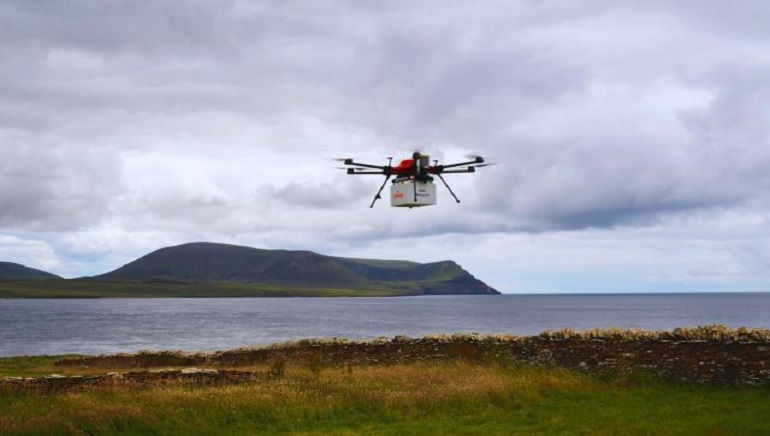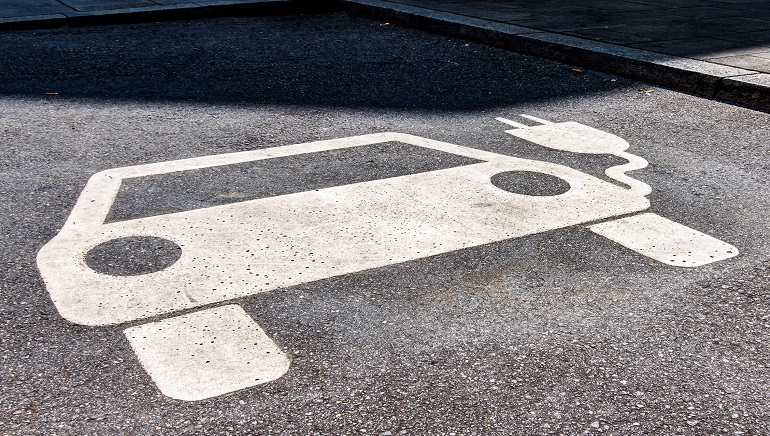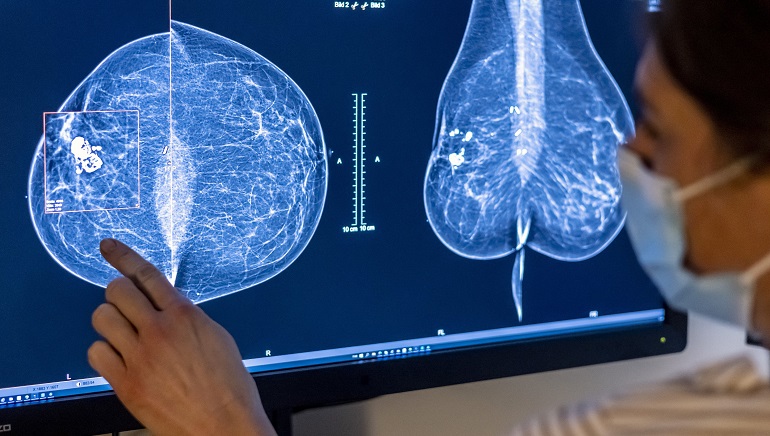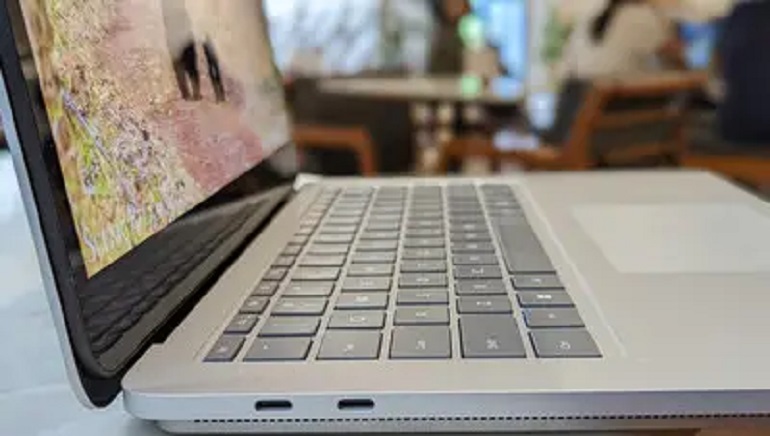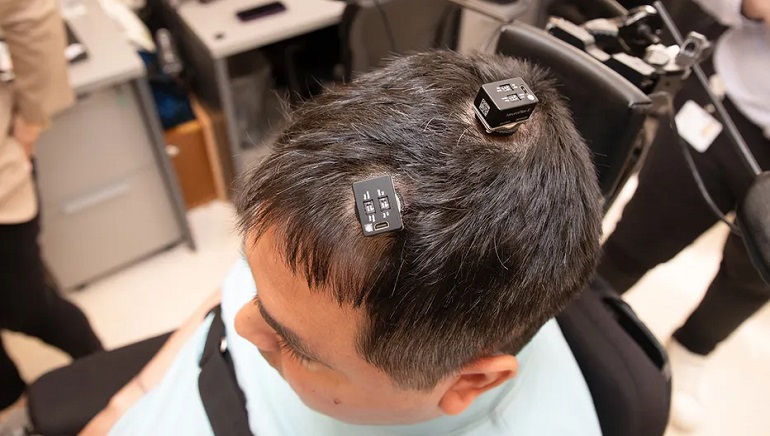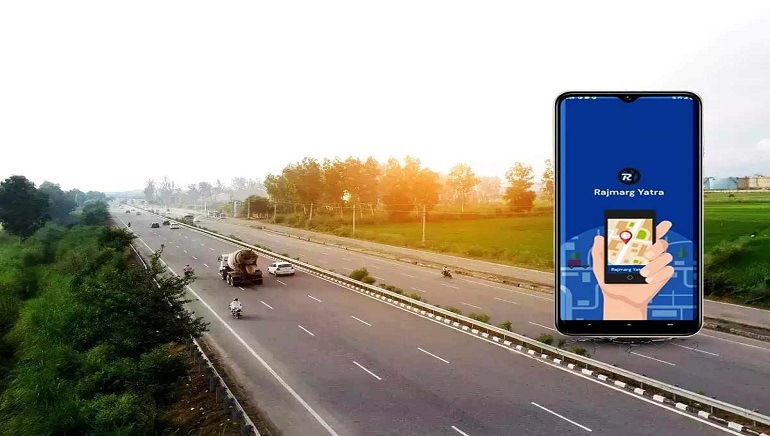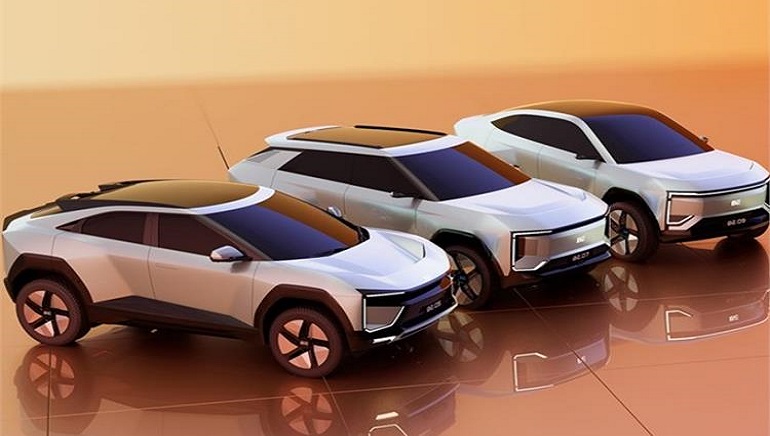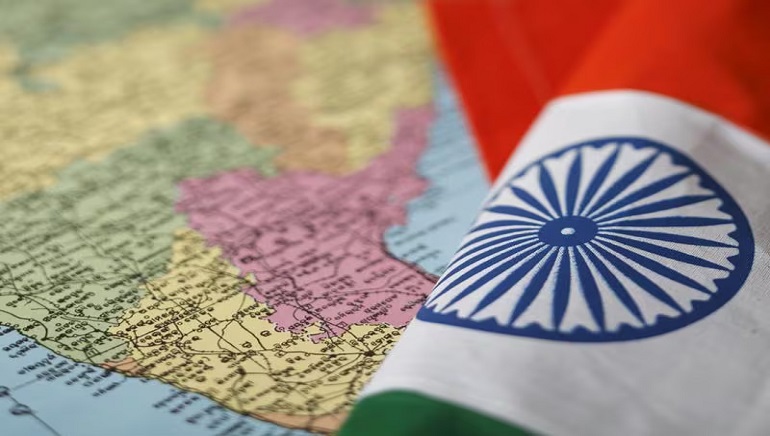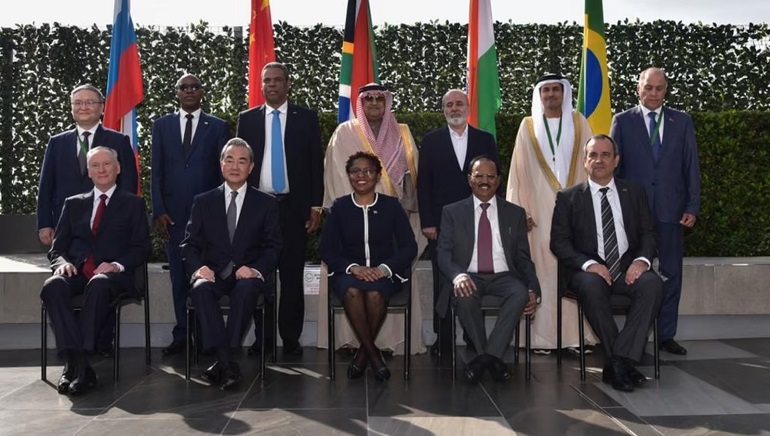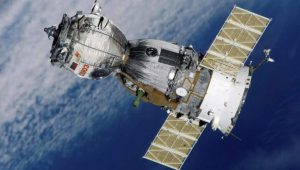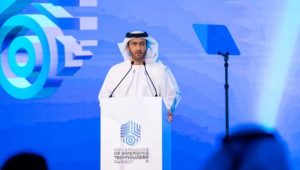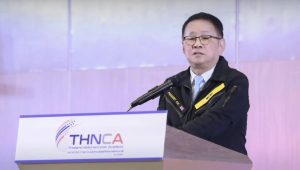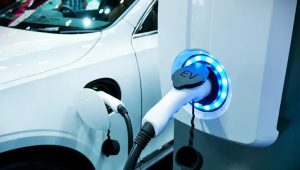The United Kingdom’s first drone delivery service has been launched on the Orkney Islands off the coast of Scotland. The joint operation, launched by Royal Mail and Skyports Drone Services on August 1, will initially operate on the islands for three months.
Under the new service, mail is being transported from Royal Mail’s Kirkwall delivery office to Stromness, where the drones are delivering items to staff members on Graemsay and Hoy for postal workers to carry out their regular island delivery routes.
The Royal Mail, in a statement, said that the drone service is expected to considerably improve service levels and delivery times to Graemsay and Hoy, as weather and geography can cause disruption to delivery services. It added that the use of electric drones for inter-island delivery will bring significant safety in the system helping postal workers deliver between ports without risk.
While the service will operate for three months in the initial phase, it could be continued permanently under existing regulatory frameworks due to Orkney’s unique landscape and the proximity of the islands to one another.
The world’s first operational drone delivery service was launched in the capital of Iceland, Reykjavik in 2017. It enabled shoppers to get food and other goods directly at their doorsteps. In 2022, pharmacy retailer Boots became the first community pharmacy in the UK to deliver prescription medicines by drone.





